Tonight, the international fashion community, together with hosts Priyanka Chopra Jonas, Rosalía and Maisie Williams, came together via Zoom to celebrate the creativity and innovation of our industry’s brightest stars at The Fashion Awards 2020. (If you missed it, you can catch up here.)
This evening’s virtual ceremony, a testament to the extraordinary year we’ve had, honoured the talents who have led change in four categories: Community, Creativity, Environment and People.
“What the past couple of months have shown us is that the fashion industry is in need of a reset,” says British Fashion Council (BFC) CEO, Caroline Rush. “This is why this year, under unique circumstances, we felt that it was important to recognise the people and businesses who have played a role in some of the most important and challenging issues of our generation, and champion those who raised the bar in areas such as diversity, sustainability and community.”
As Vogue joins the BFC in celebrating the brightest minds in fashion who have taken a stand against racism, fought for sustainability and rallied to support their communities during the global pandemic, this—in each of the winners’ own words—is why fashion matters now.
Community: winners
Asai designer A Sai Ta has supported the Black Lives Matter movement, pushing for an end to systemic racism within the fashion industry.
“This year, we all witnessed racial injustice and the wrongdoings of people in power. All communities need to come together to dissolve this discrimination through clear intentions and daily actions—empathy and compassion. I hope to bring communities together to highlight that we have more in common than that which separates us.”
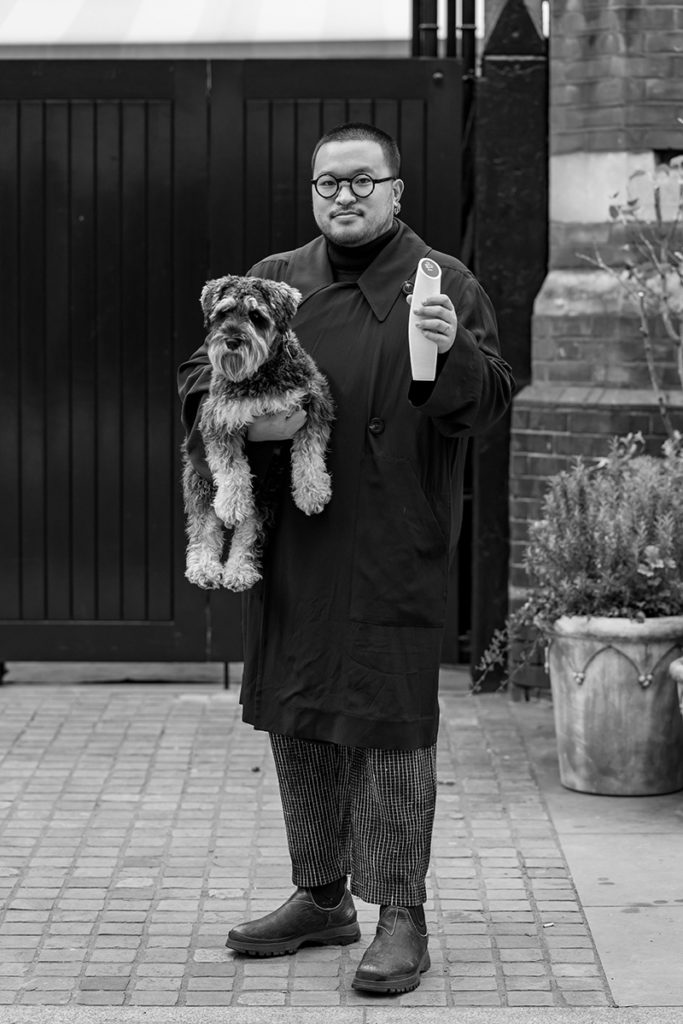
Emergency Designer Network (EDN)
Bethany Williams, Cozette McCreery, Holly Fulton and Phoebe English set up the EDN in response to COVID-19, helping to create 50,000 surgical gowns and 10,000 sets of scrubs for health workers.
“This year has highlighted how much the community can pull together when it’s needed the most. When creating the EDN, it was overwhelming to see such a huge network of different sectors, industries and businesses come together to support the same cause during lockdown—we need to keep up this momentum of collective thinking and support.”


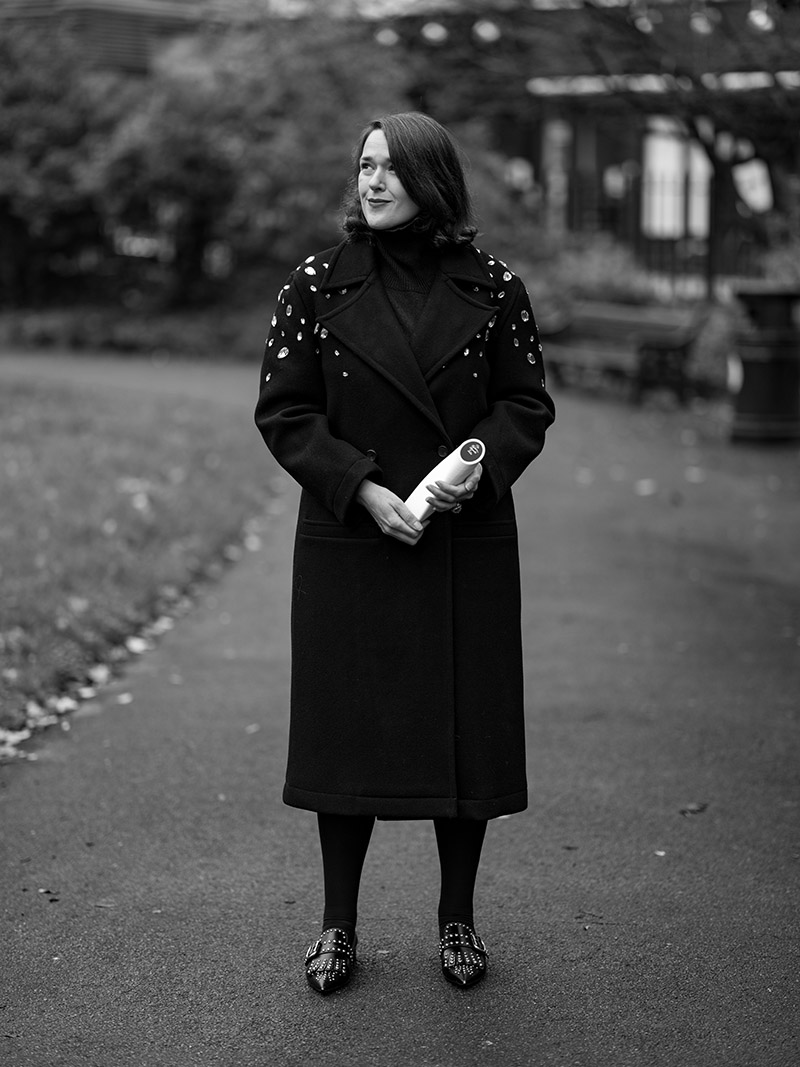

From presenting his SS21 collection on frontline workers to volunteering to produce PPE at London’s Royal Brompton Hospital, Halpern’s work this year has felt both inspiring and heartfelt.
“If this year has taught me anything, it showed me that the only way through adversity is with the support and love of your circle. From working with nonprofits to produce PPE to spending time with incredible frontline workers in London, the strength and resilience in people’s hearts when they come together is an astonishing thing to be part of. We need to continue working in a collaborative way to make the world a better, less divided place.”

From supporting weavers, artisans and design groups across Nigeria to celebrating Blackness and the LGBTQ+ community through his work, Ize has affected real change in 2020.
“Community means home, it means safety, it means possibility. It is where I find inspiration, where I can make dreams come true. It is where I have the most peace. I believe that with a good community and common values nothing is impossible. Moving forward, the community will have to be more than just a means to an end. There has to be a higher value placed on it.”
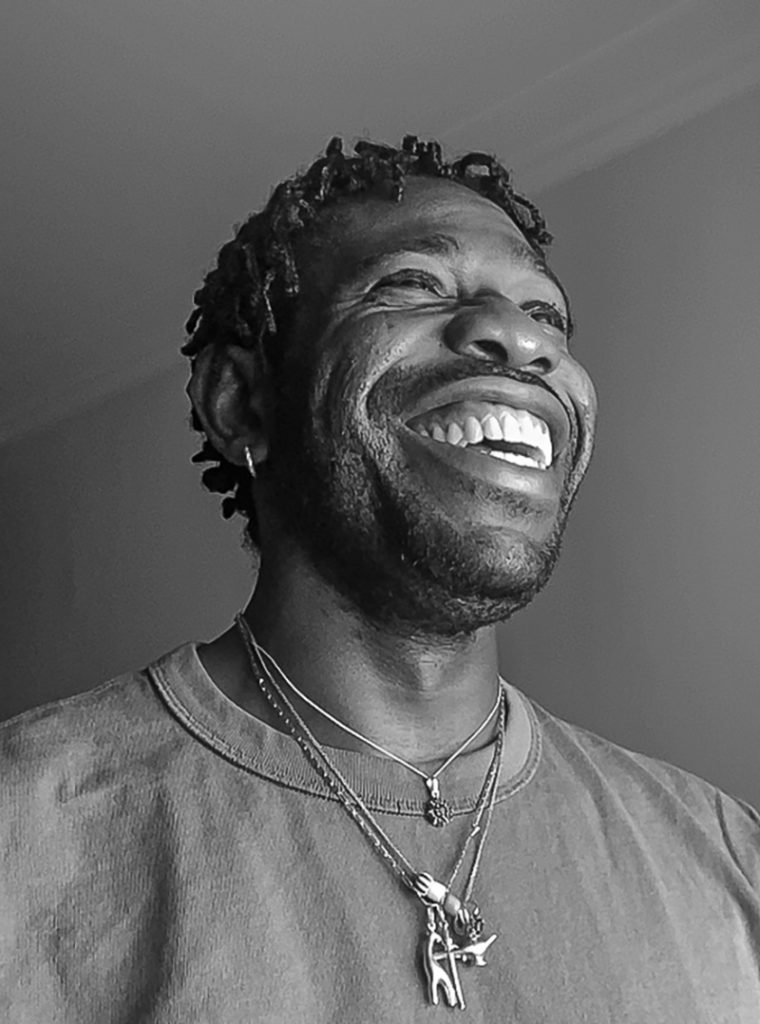
This year, Chanel donated £1m to UK charities, raised funds globally and supported the production of PPE for COVID-19. The house also launched a climate strategy—Mission 1.5°—and established a racial justice fund committed to supporting grassroots organisations led by women of colour.
Creativity: winners
Burberry used its supply chains to fast-track the delivery of 100,000 surgical masks to the NHS, repurposed its trench coat factory in Castleford to make non-surgical gowns and masks, and donated to Oxford University, FareShare and The Felix Project.
“Throughout my life, I’ve always used creativity to take risks in supporting people who have been excluded, irrespective of sexuality, gender and skin colour. That’s what is so great about creativity and I hope it will continue into the future—there should be no barriers. Everyone should have a platform to express themselves in their own way. That is the real beauty.”

Challenging the roles of race and Black culture in fashion, Wales Bonner’s designs continue to challenge the gender norms of Black masculinity and identity
“This year has been an opportunity to reconnect with the values and the mission of the brand. I look to continue developing conscious business practices and bring an Afro-Atlantic perspective to the luxury market. Offering meaningful opportunities for people to engage with the research behind the creation is also an ongoing focus.”

Jones’s creativity knows no boundaries and each collection both surprises and intrigues. With the recent addition of Fendi, this year saw his body of work recognised with an honour from the Queen
“The creativity and innovation that has come out of this period has been very interesting. The slowdown in our lives brought a new energy to the fashion world and I’m curious to see the results. What I have learned is that human beings adapt quickly. There will be some good things coming out of this period, but we have to wait and see how we get back to normality.”

Anderson’s pioneering show-in-a-box and show-on-the-wall concepts for JW Anderson and Loewe redefined the possibilities of what a show can be. The collections were a defiant celebration of fashion and craft.
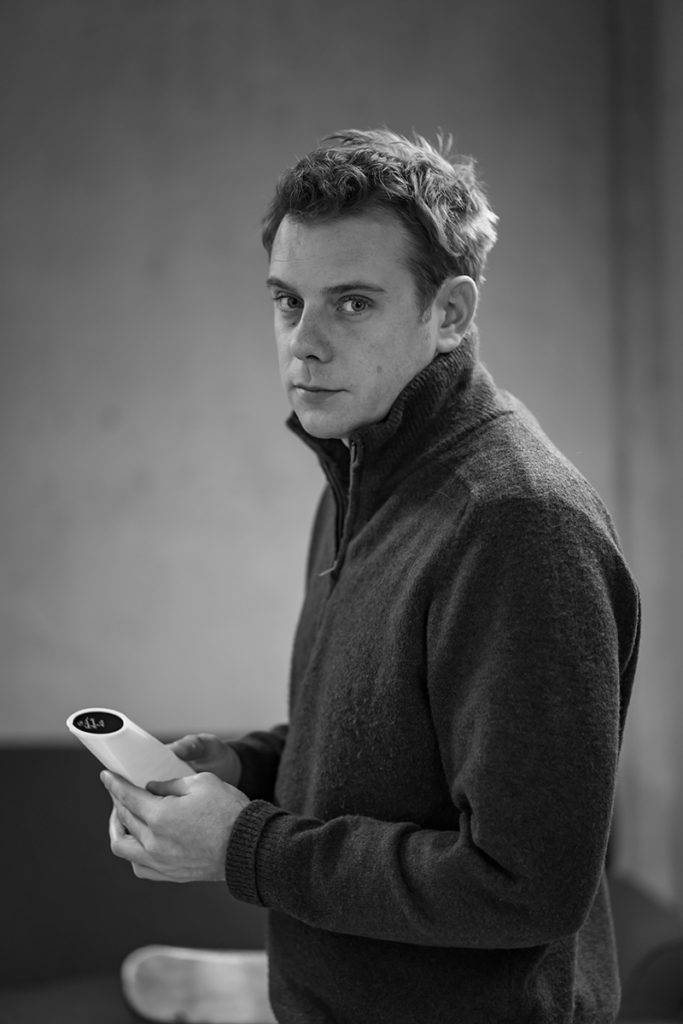
Prada, Miuccia Prada and Raf Simons
Miuccia Prada and Raf Simons demonstrated the power of creativity, conversation and coming together to reimagine fashion for the future demonstrated in their September show.
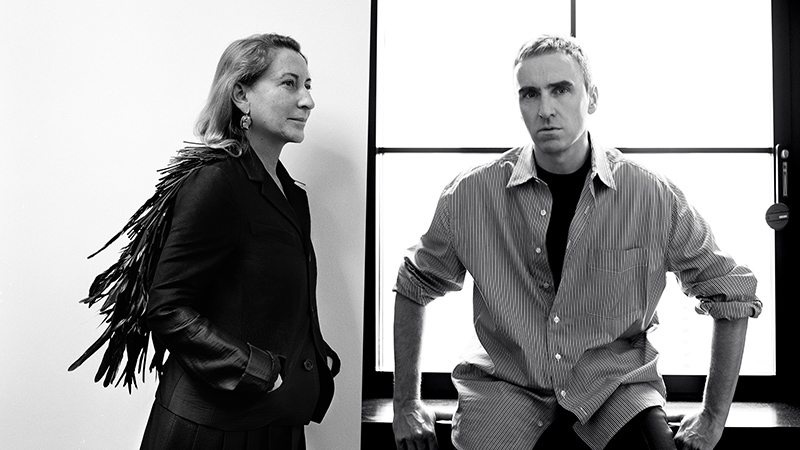
Environment: winners
One of the first designers to champion sustainability in fashion, McCartney has raised the bar for the industry by demonstrating how sustainable practices can be seamlessly integrated into luxury.
“Fashion is still one of the most polluting industries in the world. The equivalent of one garbage truck of textiles is burned or landfilled every second, so we need to educate people on the true impact of their consumption. We must buy less and buy better, and brands need to reduce what they produce. We have seen how incredible nature is and how she bounces back so quickly, so I really hope this causes a turning point. Time is up. Our house is on fire and we need to act.”
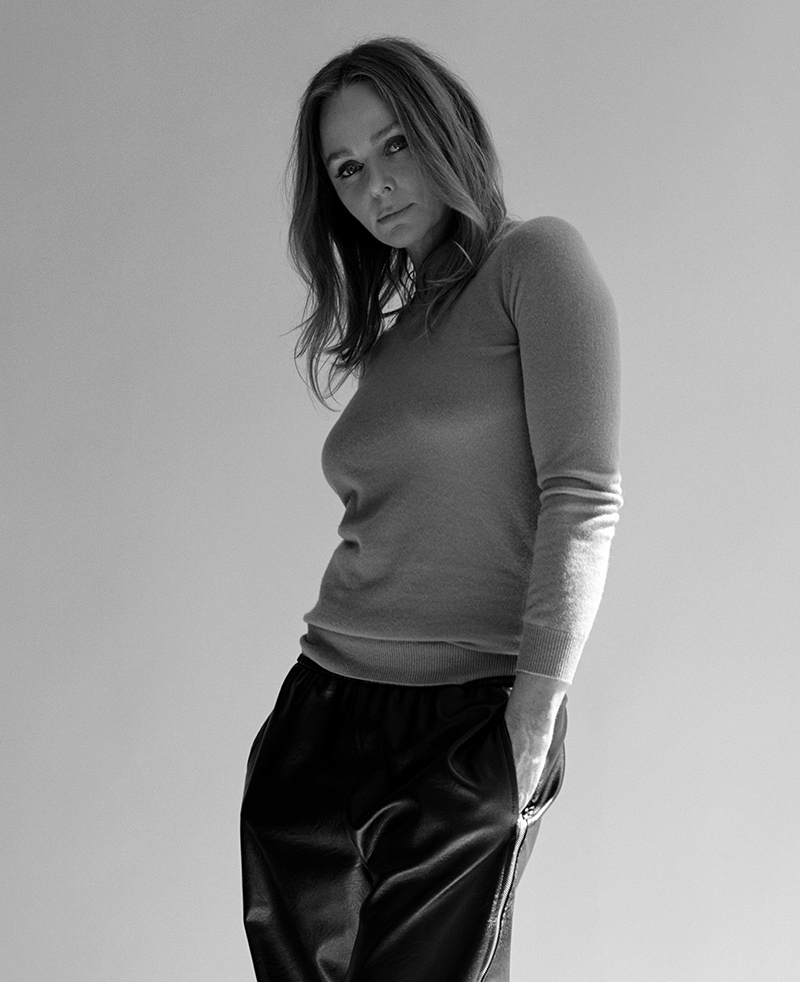
Hearst values ethics, where her materials come from, who makes them and what impact they have. Her SS20 show was a standout as the first-ever carbon-neutral catwalk presentation.
“The most urgent environmental concern in fashion is the management of waste: the natural resources that we’re taking from the planet, how we’re taking them, the herbicides and pesticides that destroy the insect world, the water that gets wasted. If you can tackle the two main producers of carbon dioxide, how materials are extracted and transportation, then you’re dealing with 50 per cent of your carbon dioxide production. We need to move fast in order to become close to zero.”

Raeburn has championed sustainable practices since his brand’s inception, building a responsible business while showing how things can be done differently without sacrificing creativity.
“When we consider the fact that we create more than 100bn garments a year, largely from virgin materials, and of those around 20 per cent don’t ever sell—it just doesn’t stack up. We urgently need a new model, new ways of working. We all have an obligation to change from being the second-biggest polluter on the planet to a positive force for change; collaborating, listening, learning and looking for how to improve the industry and beyond.”
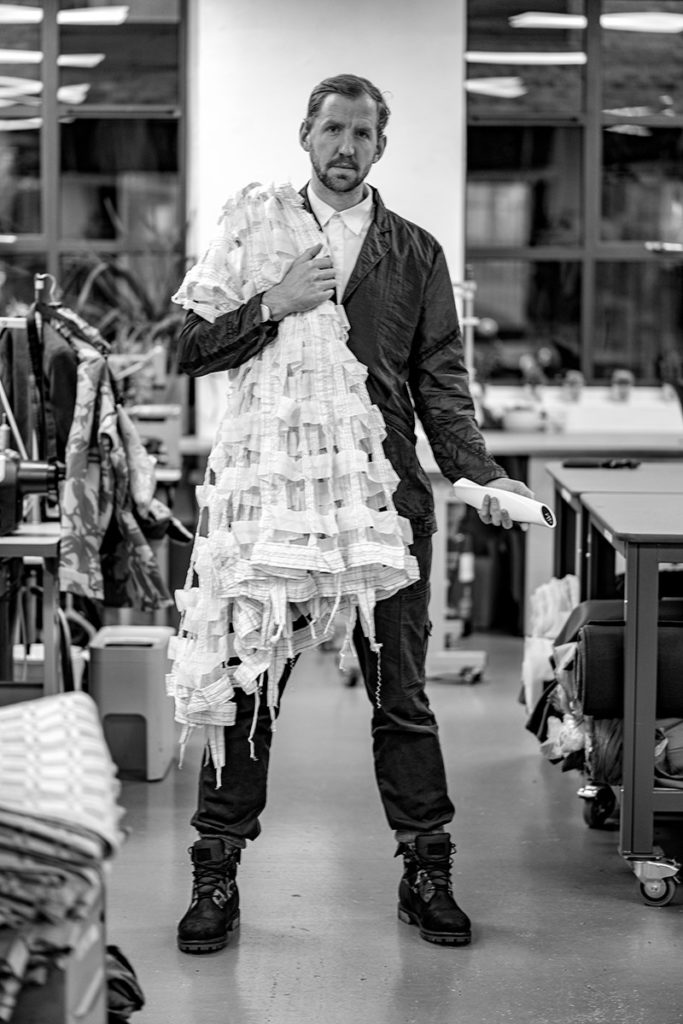
Paul Polman, co-founder of IMAGINE and co-chair of The Fashion Pact Steering Committee on behalf of The Fashion Pact
Representing more than 200 brands and a third of the fashion industry, The Fashion Pact has united the world’s top-tier fashion CEOs towards collective action for positive change.
“We need to act urgently and collectively if we’re to move at the scale and speed needed to save our planet. We must move swiftly to use renewable energy across supply chains and sustainably source raw materials to end deforestation. We must eliminate harmful plastics as they threaten our oceans’ ecosystems. It is the poor who suffer most from our inactions, so we need to rebuild a more inclusive and equitable economic system. We’re hopeful that we will all take meaningful strides towards transforming this industry that we love for the better.”

More than an environmentalist, Hindmarch supports the community through initiatives such as the NHS Holdster (a washable bag for frontline workers), Waste Not, Want Not patchwork initiative, and the creation of reusable hospital gowns for the NHS
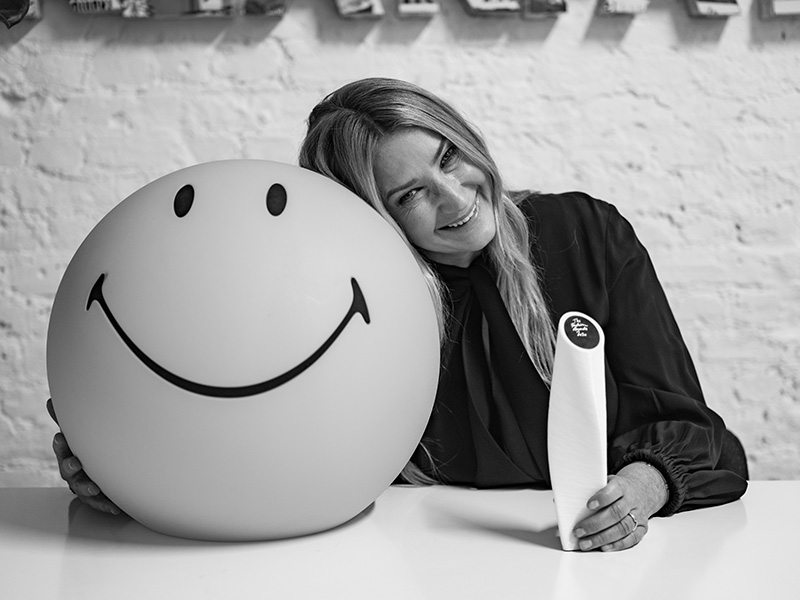
People: winners
A longtime advocate for diversity and greater representation in the fashion industry, British Vogue’s editor-in-chief is a true agent of change, who used his platform this year to celebrate frontline workers and highlight the importance of a reset of the natural world.

Founder of the Black Lives Matter Financial Aid Scheme, Ross pledged £10,000 to those on the frontline supporting the BLM movement and gave grants of £25,000 to Black-owned businesses.
“Next year we need less talk—more action and change.”

A pioneer of sustainable fashion and telling the stories of those who make her clothes, Ahluwalia is an agent for change who uses her platform to raise awareness about the Black community.
“2020 has been such a turbulent year, the importance of community has been imperative to me both personally and professionally. The community I built between my peers through the height of the BLM protests is unbreakable and I was able to get through everyday because of it.”

Lindsay Peoples Wagner and Sandrine Charles
Founders of the Black in Fashion Council—editors, models, stylists, creatives and industry stakeholders who aim to bring diversity, inclusion and accountability to the fashion industry.
“While this year has been incredibly tough, we want to make sure that people of colour are being supported and uplifted. The Black in Fashion Council community has meant so much to people who have been pleading with the industry for inclusivity, making people feel less alone and creating a lane for real hope and systemic change. And that means everything to us. We’ve made strides, but the work has only just begun.”

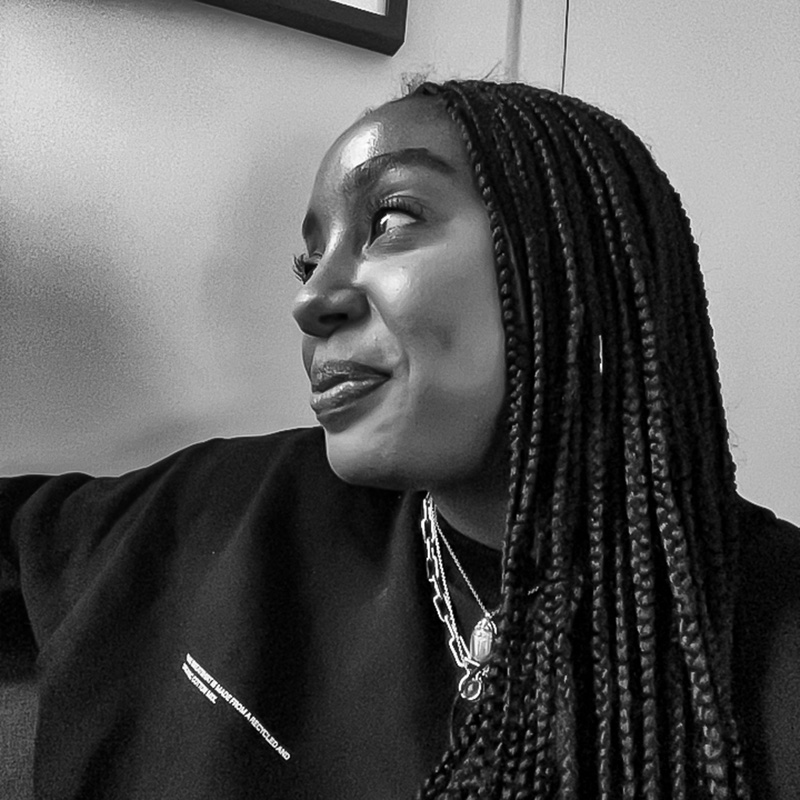
James has brought change to the fashion industry through her campaign to promote Black-owned businesses, calling on retailers to dedicate 15 per cent of their shelf space to Black-owned brands.
“I couldn’t have done any of my work this year without the strong friends and family who create my communities… We must carry this movement on whether it’s through hard policy work, corporate restructuring or even spending power, which creates economic equality for marginalised people and small businesses. The fashion industry has approached change with an optic lens for far too long. My goal with the Fifteen Percent Pledge is to dig deeper.”






